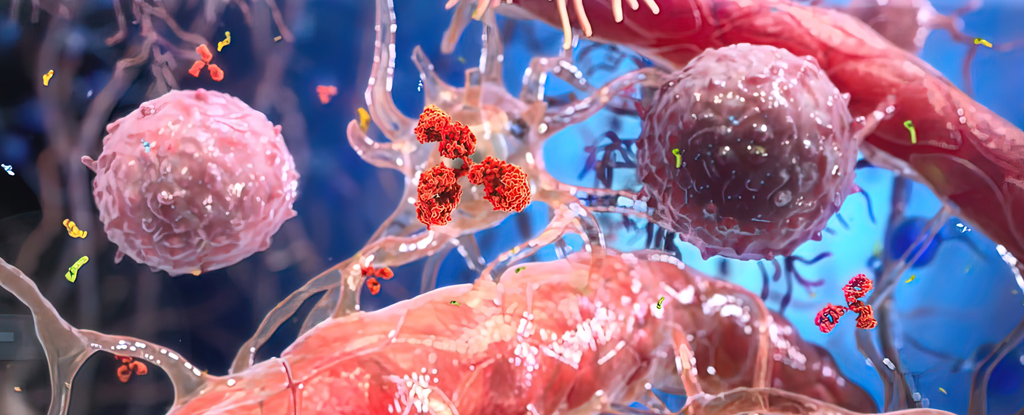The human brain is a ridiculously complex organ that doesn’t give away its secrets easily. Thanks to advances in imaging technology, more and more hidden forms and functions of the neurological anatomy are emerging. from new neurons to entirely new tissue nodules.
Now researchers from the University of Copenhagen and the university
of Rochester have identified a layer of tissue that helps protect our gray and white matter, one that has not previously been differentiated.
This membrane, just a few cells thick, appears to play a role in mediating the exchange of small, solute substances between compartments in the brain. It also appears to be the home base of brain-specific immune cells, not to mention assisting in the brain’s waste clearance (glymphatic) system.
Molecular biologist Kjeld Møllgård from the University of Copenhagen and his colleagues have dubbed their discovery the subarachnoid LYmphatic-like membrane (SLYM). While much of their research on this structure so far is being used in mice Two-photon microscopy and dissections, they confirmed the presence of SLYM in an adult human brain as well.
The SLYM lies between two other membranes that protect the brain. It divides our cerebrospinal fluid space in two, bringing the total number of known membranes lining our brain to four. It appears to act as a barrier to molecules in our brain fluid larger than about 3 kilodaltons; comparable to one extremely small protein.
Unlike the rest of our body, our central nervous system has no lymphatic (immune) vessels and is accounted for immune privileged – a term that refers to places in our body where immune responses are tightly controlled, such as B. our eyes and testicles.
So the team suspects that the cerebrospinal fluid takes over part of the role of the immune system in the brain. The presence of the SLYM might explain how this works.
“The discovery of a new anatomical structure that separates and controls the flow of cerebrospinal fluid (CSF) in and around the brain now gives us a much greater understanding of the sophisticated role that CSF plays, not just in the transport and removal of waste the brain, but also to support the immune system”, says Maiken Nedergaard, neuroscientist from the University of Rochester.
Møllgård and his team found several types of immune cells – including myeloid cells and macrophages – camping in the SLYM and monitoring the brain. In mice, cell types changed in response to swelling and natural aging, suggesting that this site may play an important role in disease pathologies.
The SLYM shares molecular markers with the mesothelial membrane lining the rest of our organs, lining their blood vessels and storing immune cells. The researchers therefore propose that the SLYM is the brain’s mesothelium, which lines the blood vessels in the cavity between the brain and skull.
Mesothelium also plays a role as a lubricant between organs that slide against each other.
“Physiological pulsations induced by the cardiovascular system, respiration and changes in head position constantly displace the brain within the cranial cavity,” the researchers said explain in their work. “SLYM, like other mesothelial membranes, can reduce friction between the brain and skull during such movements.”
Tears in the SLYM could explain some of the long-term symptoms of traumatic brain injury, Møllgård and his team speculate. Disrupting this barrier would allow direct access to the brain for immune cells from the skull, cells not calibrated for brain disease. This could explain persistent inflammation.
The flow of waste from the brain can also be suppressed for a long time after a brain injury, which can be explained by altered flow patterns of the cerebrospinal fluid due to the membrane rupture.
Since this extra layer of brain armor has only just been discovered, there is still much to be clarified. Researchers wonder if this tissue may also be involved in broader central nervous system immunity and therefore play a role in associated diseases such as multiple sclerosis.
“We conclude that SLYM fulfills the properties of a mesothelium by acting as an immune barrier, preventing the exchange of small solutes between the outer and inner compartments of the subarachnoid space, and by covering the blood vessels in the subarachnoid space.” write Molgard and colleagues.
This study was published in Science.





